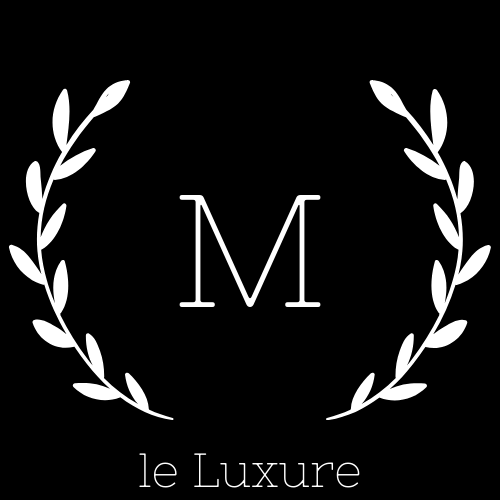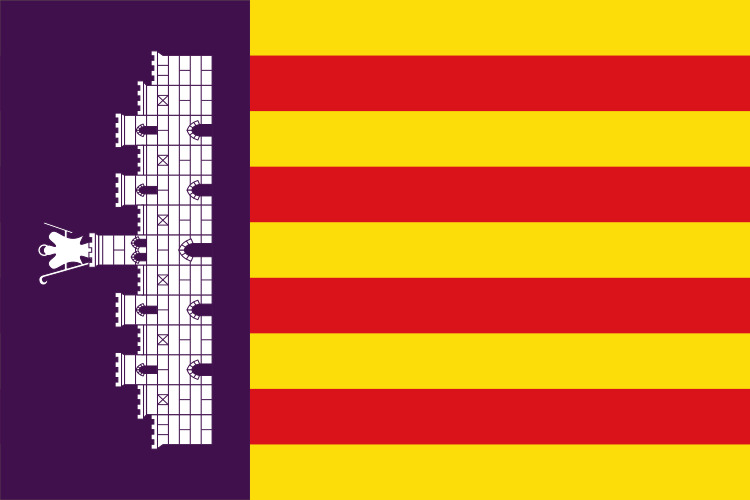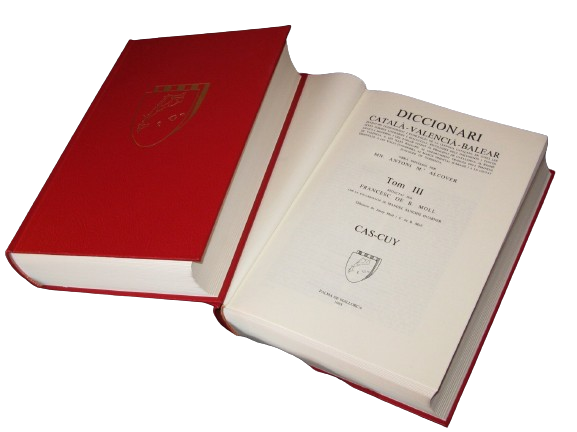Xarras Mallorquí?
When you step onto the sun-soaked, Mediterranean-bathed island of Mallorca, it’s easy to be entranced by its stunning beaches, vibrant nightlife, and historic architecture. But beyond the scenic landscapes and tourist attractions lies a linguistic treasure that is central to the island’s cultural identity: Mallorquí.
This unique dialect of Catalan is not just a means of communication but a vital thread that weaves through the fabric of Mallorcan life. Whether you’re a visitor wanting to make a deeper connection with the locals or a language enthusiast eager to explore a lesser-known dialect, Mallorquí offers a rich and engaging journey.
Phonetic Features: The Melody of Mallorquí
One of the most captivating aspects of Mallorquí is its phonetic features, which lend a musical quality to the dialect. Unlike many Catalan dialects, Mallorquí preserves a system of eight stressed vowels: /a/, /ə/, /ɛ/, /e/, /i/, /ɔ/, /o/, /u/. In unstressed positions, these vowels reduce to four: /ə/, /i/, /o/, /u/. This feature alone sets Mallorquí apart, giving it a distinctive sound that is both rhythmic and melodic.
Consonant sounds in Mallorquí also have their unique twists. For instance, the “ll” sound is often pronounced as a “y” sound, similar to the English “y” in “yes.” This subtle but noticeable difference in pronunciation can make familiar words sound refreshingly new to those accustomed to standard Catalan or other Romance languages.
Grammar and Syntax: The Structural Charm
Mallorquí’s grammar and syntax further highlight its uniqueness. One of the most striking differences lies in the use of articles. While standard Catalan uses “el,” “la,” “els,” and “les,” Mallorquí opts for “es,” “sa,” “es,” and “ses.” This variation not only marks the dialect distinctly but also adds a local flavor to everyday conversations.
Verb conjugation in Mallorquí also has its quirks. In the first person present singular, Mallorquí often drops the “-o” ending found in standard Catalan. For example, “jo canto” (I sing) in standard Catalan becomes “jo cant” in Mallorquí. Similarly, “t’estimo” (I love you) transforms into “t’estim.” These grammatical nuances may seem minor, but they play a crucial role in giving Mallorquí its distinctive identity.
Vocabulary: Words that Speak of Tradition
The vocabulary of Mallorquí is a rich tapestry woven with unique words and expressions that often differ significantly from standard Catalan. Here are some common phrases:
- “Bon dia”: Good morning
- “Bones tardes”: Good afternoon
- “Bona nit”: Good night
- “Moltes gràcies”: Thank you very much
- “Perdó”: I am sorry
- “Uep! Com anam?”: Hello! How are you?
- “Adéu”: Goodbye
- “Fins ara”: See you soon
- “Sí”: Yes
- “No”: No
- “Per favor”: Please
- “De res”: You’re welcome
- “Que val això?”: How much does it cost?
- “On és el bany?”: Where is the bathroom?
- “Xarres anglès?”: Do you speak English?
- “No ho entenc”: I don’t understand
- “Em pots ajudar?”: Can you help me?
- “Que noms?”: What is your name?
- “Jo som en [your name]”: My name is [your name]
- “Tenc gana”: I am hungry
- “Tenc set”: I am thirsty
- “Estic perdut/perduda”: I am lost (perdut for males, perduda for females)
- “Molt bé”: Very good
- “Quina hora és?”: What time is it?
- “Una taula per dos, per favor”: A table for two, please
- “Es compte, per favor”: The bill, please
- “Bon profit”: Enjoy your meal (similar to “bon appétit”)
- “Com va tot?”: How is everything going?
- “Estic bé, gràcies”: I am fine, thank you
- “T’agrada?”: Do you like it?

Uep! Com anam?
Molt bé, i tú?
Estic bé, gràcies.
These expressions are more than just words; they are a gateway to understanding the warmth and hospitality of the Mallorcan people. Imagine starting your day with a cheerful “Bon dia” at a local café or greeting a new friend with “Uep! Com anam?”—you’re not just speaking the language; you’re embracing the island’s culture.
Cultural Significance: A Language of the Heart
Mallorquí is more than a dialect; it’s a vital part of Mallorca’s cultural identity. The locals take immense pride in their language, and using even a few phrases can create a warm connection with them. It’s common to hear Mallorquí in daily conversations, local media, and cultural events. This dialect is a living testament to the island’s history, traditions, and the resilience of its people.
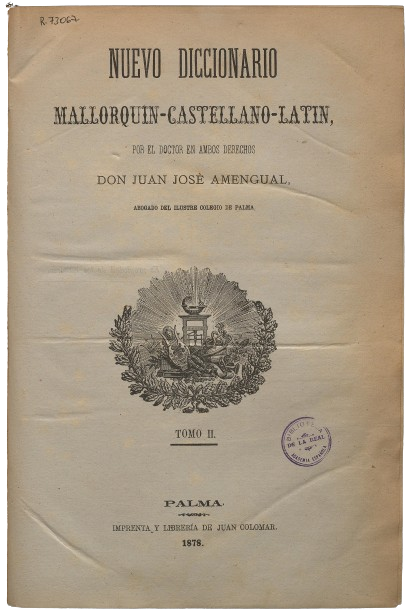
For many Mallorcans, Mallorquí is a link to their ancestors and a way to preserve their heritage in a rapidly globalizing world. Speaking Mallorquí is a statement of identity and belonging, a way to honor the past while navigating the present. It is not uncommon to hear Mallorquí spoken with pride at family gatherings, traditional festivals, and in the bustling markets of Palma. The dialect carries with it the stories, songs, and customs passed down through generations, making it a cornerstone of the Mallorcan way of life.
Additionally, cultural institutions actively promote Mallorquí, ensuring that young Mallorcans grow up fluent in their native dialect. Cultural programs and media, including radio and television broadcasts, often feature Mallorquí, keeping it vibrant and relevant. This commitment to preserving and celebrating the dialect helps reinforce its importance and ensures its survival for future generations.
As mentioned right above, Mallorquí’s cultural significance extends beyond its role as a means of communication. It is a living expression of Mallorcan identity, embodying the island’s history, traditions, and communal spirit. For many locals, speaking Mallorquí is more than a daily habit; it’s a declaration of cultural pride and continuity.
The dialect is deeply interwoven with the island’s customs and celebrations. For example, during traditional festivals like the Festas de Sant Antoni, Sant Sebastiá, Sant Joan or the Festa de la Beata, Mallorquí is prominently featured in the songs, stories, and rituals that define these events. These festivals are not merely cultural exhibitions but vibrant celebrations of Mallorcan life where Mallorquí serves as a vessel for expressing local values and collective memories.
Educational institutions on the island also play a crucial role in keeping Mallorquí alive. Schools emphasize the importance of learning the dialect, often alongside standard Catalan and Spanish. This educational approach ensures that younger generations appreciate and maintain their linguistic heritage.
Media and cultural organizations contribute significantly to the dialect’s vitality. Mallorquí is frequently heard on local radio stations, TV programs, and even in the pages of local newspapers. This visibility helps to reinforce its relevance and encourages its use in contemporary contexts, bridging the gap between tradition and modernity.
The Resilience of Mallorquí
Mallorquí’s resilience in the face of globalization reflects the islanders’ determination to preserve their unique cultural identity. As global influences permeate various aspects of life, Mallorquí stands as a testament to the island’s commitment to safeguarding its traditions. This dialect not only survives but thrives, thanks to the collective efforts of the community to foster its use and celebrate its significance.
Learning Mallorquí: Tips for Engaging with the Dialect
If you’re inspired to learn Mallorquí, here are some tips to get you started. And To truly appreciate the cultural richness of Mallorquí, immersing yourself in the dialect is key. Here’s a step-by-step guide to making your journey into Mallorquí both effective and enjoyable:
- Practice Common Phrases: Start with greetings and basic expressions. Locals will appreciate your efforts, and it’s a great way to break the ice. Simple phrases like “Bon dia” (Good morning) and “Moltes gràcies” (Thank you very much) can go a long way.
- Listen to Local Media: Tune into local radio stations or watch TV shows in Mallorquí to get a feel for the pronunciation and usage. Listening to native speakers will help you understand the rhythm and melody of the dialect.
- Engage with Locals: Don’t be afraid to use Mallorquí in conversations. The more you practice, the more comfortable you’ll become. Engaging with locals not only improves your language skills but also enriches your cultural experience.
- Join Language Groups: Look for language exchange groups or classes where you can practice Mallorquí with others. These groups often provide a supportive environment for learners of all levels.
- Use Language Apps: There are various language learning apps and resources that can help you practice Mallorquí. These tools often offer interactive exercises and quizzes to enhance your learning experience.
- Immerse Yourself in Local Media: Start with local radio stations and TV shows in Mallorquí. Programs like “Es Matí“ and “Notícies IB3“ provide a regular dose of authentic language use and local news.
- Join Cultural Events: Participate in local festivals and events where Mallorquí is spoken. Festivals like the Fira de Sant Joan, Sant Antoni, Sant Sebastià and Festa de la Primavera offer opportunities to hear the dialect in its natural setting and engage with locals.
- Practice with Native Speakers: Engage with locals in casual conversations. The more you use Mallorquí in real-life situations, the more confident you’ll become.
- Explore Language Resources: Utilize language apps and online resources tailored to Mallorquí. Search for websites that offer interactive exercises and cultural insights.
- Join Language Classes: Enroll in classes or language exchange groups focused on Mallorquí. Many community centers and cultural organizations offer courses that can help you progress.
Embracing the Heartbeat of Mallorca
Mallorquí is more than just a means of communication; it’s the heartbeat of Mallorca’s cultural identity. By learning and using this unique dialect, you can connect more deeply with the island and its people. Whether you’re exploring the charming streets of Palma, enjoying a quiet moment in a village café, or participating in local festivals, speaking Mallorquí opens doors to authentic experiences and heartfelt connections.
The importance of Mallorquí goes beyond the mere act of speaking; it is an immersion into the island’s soul. Each word and phrase carries the essence of Mallorcan life, echoing the laughter, struggles, and triumphs of its people. In a world where cultural identities are increasingly homogenized, the preservation and use of Mallorquí stand as a powerful testament to the island’s rich heritage and vibrant community spirit.
So, next time you visit Mallorca, take a moment to greet someone with a cheerful “Uep! Com anam?” You might just find that the true beauty of the island lies not only in its landscapes but in the warmth of its people and the richness of its language. Embrace Mallorquí, and let it be your guide to discovering the soul of Mallorca. As you navigate through the island, you’ll realize that speaking Mallorquí is not just about learning a dialect; it’s about participating in a living tradition, making your experience in Mallorca not just a visit, but a heartfelt connection to its enduring legacy.
Mallorquí is not merely a dialect but a vibrant thread in the tapestry of Mallorca’s cultural heritage. Learning and using Mallorquí offers a unique opportunity to connect more profoundly with the island and its people. It allows visitors to experience Mallorca beyond its picturesque landscapes and tourist hotspots.

The true essence of Mallorca is captured in its language. Each phrase, whether it’s a friendly “Uep! Com anam?” or a heartfelt “Bon profit,” conveys the warmth, hospitality, and enduring spirit of the Mallorcan people. Embracing Mallorquí means stepping into a world where language is a gateway to history, tradition, and genuine connection.
By integrating Mallorquí into your interactions, you contribute to the preservation of this rich cultural heritage. It’s an invitation to immerse yourself in the island’s soul, to appreciate its unique character, and to participate in a living tradition that celebrates the enduring legacy of Mallorca.
As you traverse the island, remember that speaking Mallorquí is more than a linguistic skill; it’s a journey into the heart of Mallorca. It’s about experiencing the island not just as a destination but as a place where language and culture intertwine, creating memories that resonate long after your visit.
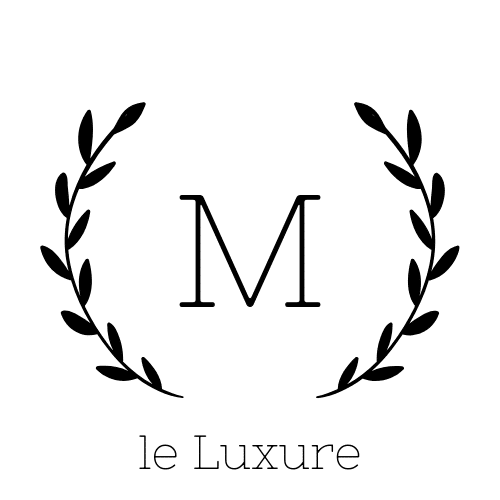
le Luxure
